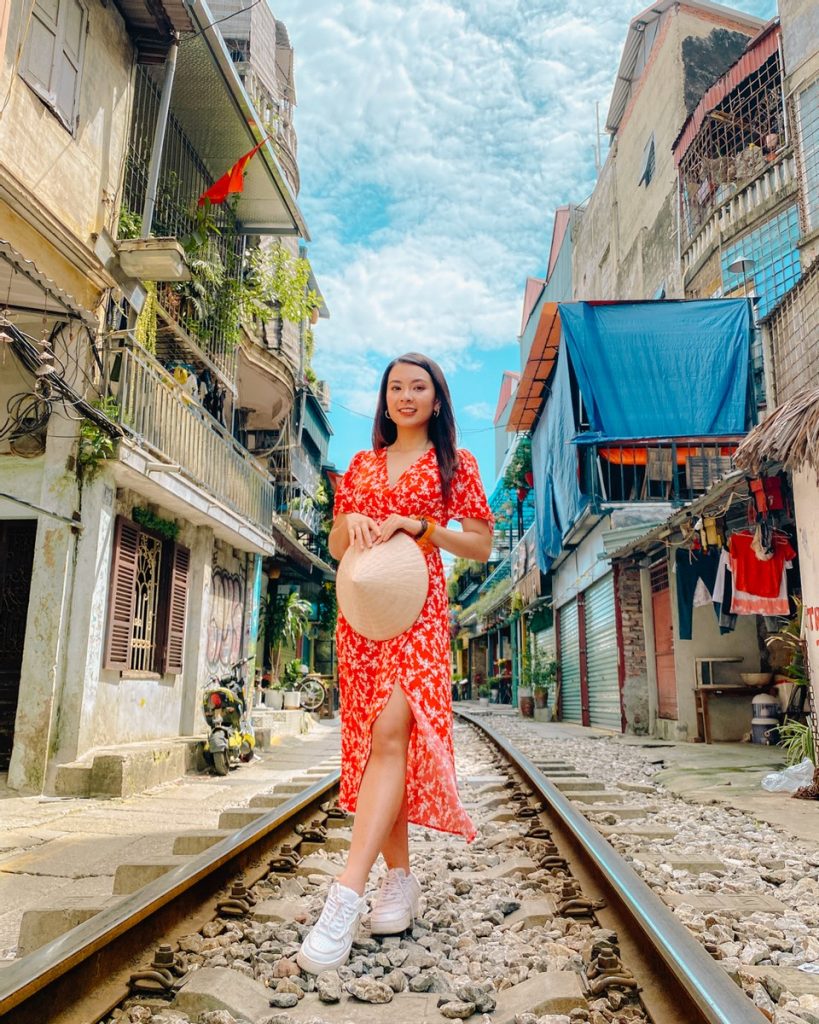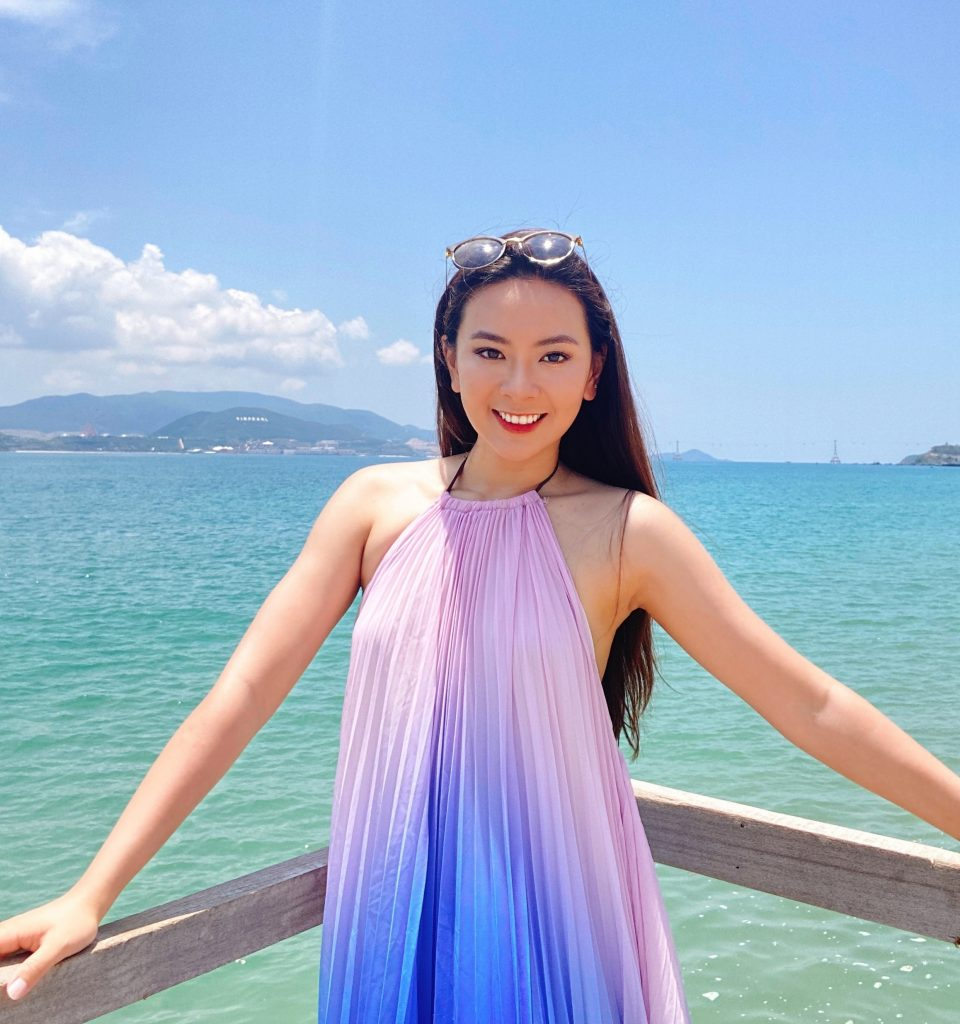Overview:
🇻🇳 Vietnam is a Southeast Asian Country with a S shape
🏙 Capital city: Hanoi
🌆 Largest city: Ho Chi Minh City (Saigon)
🏝 Area: 331, 212 km2
👫🏻 Population: 97 million people
🔠 Official language: Vietnamese
👗 Traditional garment: Ao dai
Visa
Best time to visit
Weather
🏞 North Vietnam has four seasons: Spring starts from February to April when the weather is chilly. Summer months of June, July, and August are the hottest months, with daytime temperatures can reach up to 35°C. Make sure you bring sunscreen and mosquito repellent since it’s hot and humid during this time of the year. Drizzling rains and more pleasant temperatures come in the fall, August-November. During the months of December-February, it may dip down below zero in mountainous areas, such as Cao Bằng, Bắc Kạn, Lạng Sơn, Hà Giang, and Lào Cai. Pack wisely!
🛕Central Vietnam has been heavily affected by natural disasters and has the hottest months in the middle of the year. From September to November, storms and floods occur in several provinces including Huế, Hà Tĩnh, Quảng Bình, Quảng Trị, Quảng Ngãi, and Đà Nẵng. However, the weather is cooler and drier from November to April
🏝South Vietnam has 2 main seasons: Dry season is from November to April and a wet season is from May to October. Don’t forget to bring your raincoat or an umbrella when visiting Vietnam during this time.

Immunizations
Before traveling to Vietnam and around Southeast Asia, I would recommend getting yourself covered with some basic emergency medical travel insurance. You can check out SatetyWing, whose affordable policies will keep you safe in the case of emergencies. Their policies allow you to be admitted to any hospital and don’t dictate where you have to be treated. Also, If you are traveling with children, I know that children who are of a certain age can be included in your insurance without added cost. I would advise you to always read the policy documents carefully and look into what’s covered, if you’ve got any questions SafetyWings web chat allows you to talk with an actual human within one minute 24/7 on their website. You can start and stop anytime, and their plan starts from just over $45/month and it’s flexible allowing you to start and stop anytime. They also recently launched a fully comprehensive health insurance product called Nomad Health. Also, if you purchase their insurance through my link, you can help support creators like me. Check them out here
Money
- Currency: Vietnam Dong ($1 USD ~ 23k VND/ €1 EUR ~ 25k VND.) Vietnamese people often use “k” to denote thousands.
- Debit card: Yes, you can open your bank account in Vietnam if you meet the requirements. I recommend these international banks:
- ATM: Open 24/7 with limited withdrawal. Avoid taking out money during peak time (Vietnamese New Year, National Holidays, etc) because they might run out of money. Note: ATM is not very accessible in rural areas
- Bank office hour: Monday to Friday 7h30am – 11h30am, 1pm – 4:30pm (Yup! People take naps here)
- Sale taxes are included: Don’t worry about calculating your sale taxes after your purchase because VAT (Value Added Tax) is included
- Tipping is greatly appreciated but not mandatory. Make sure to give the tips directly to the person who provide you services.
Plugs and Voltage
Phone
Wifi
Transportation
Where to stay
- 4- 5 star hotels are the safest ways to go if you’re not on a tight budget. Just like in any other country, international luxury hotels have beautiful rooms, gyms, and nice restaurants. They can range anywhere from $50-$200 per night. Agoda or Booking.com are usually the two sources that I go for
- Airbnb: From $5-$30, you can stay at beautiful residential homes, private rooms or in the whole villa in many cities in Vietnam. There are many options for you in Airnbn
- Hostels: If you are looking for a social backpacker vibe and budget friendly staying, you can check out many hostels here in Vietnam. Check out this article to learn more. Since hostels are communal accommodation, be cautious about your belongings.
- Homestays are a form of accommodation where you stay with ethnic people, very popular in the northern part of Vietnam. You will stay in a bamboo house, sleep in wooden beds with warm blankets, get a view of rice fields, and participate in cultural activities. It’s a great way to support the community based tourism, protect the environment, and help the minority group’s economy.



